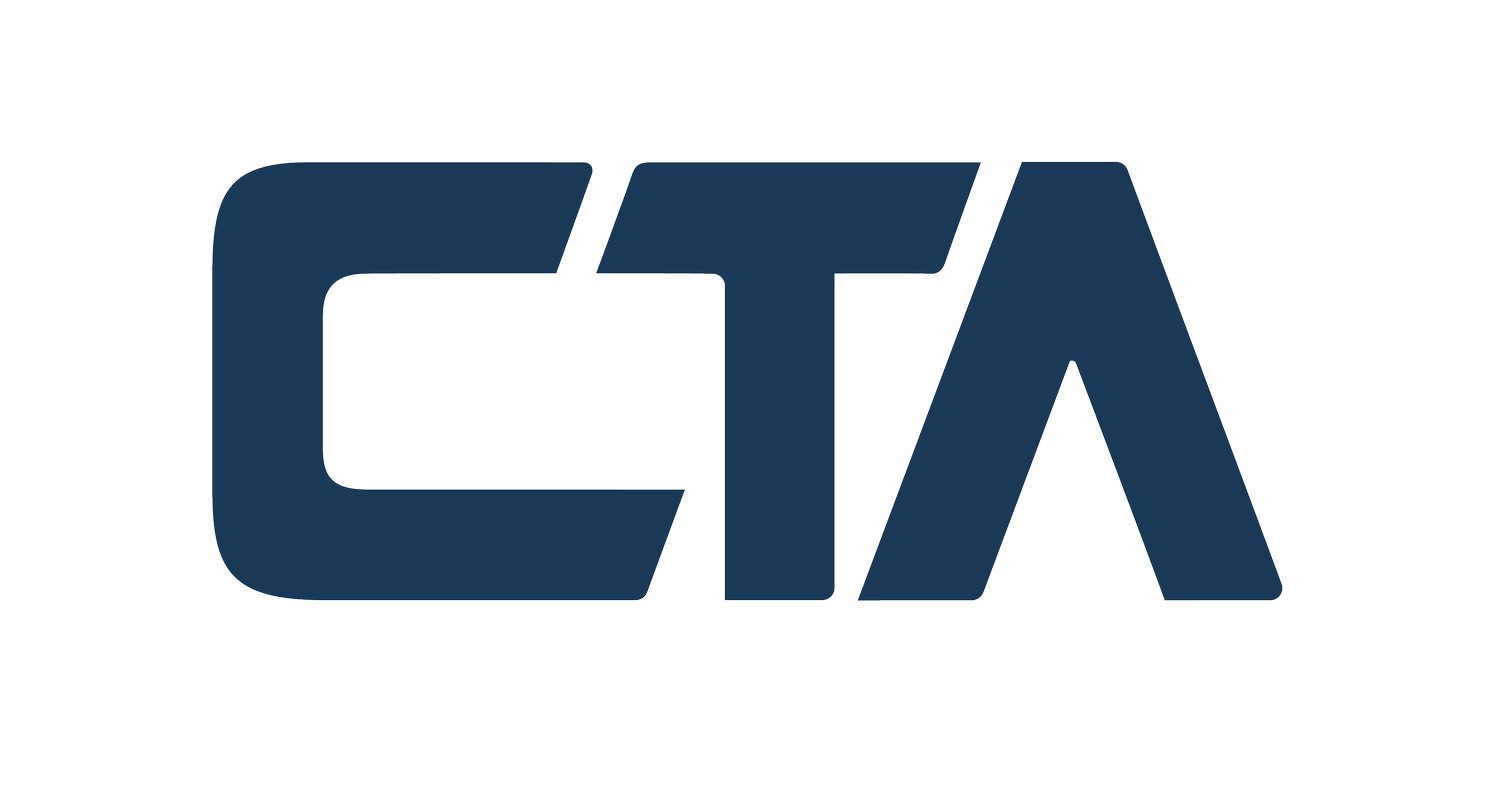Innovation fuels progress. Whether you’re a tech startup coding the next big app, a manufacturer streamlining production, or a biotech firm pioneering treatments, research and development (R&D) is your engine. But those costs—salaries, equipment, testing—add up fast. What if you could offset them and reinvest in your next breakthrough?
The Federal Research Tax Credit (RTC) does just that, rewarding businesses for pushing boundaries. At CTA, we’re here to help you seize this opportunity—especially now, as 2025 sparks an R&D renaissance. With potential changes on the horizon, you don’t want to miss out.
What Is the Federal Research Tax Credit?
The RTC, or Research and Experimentation Tax Credit (Section 41), is a dollar-for- dollar federal tax credit designed to incentivize R&D. Launched in 1981 and made
permanent in 2015, it’s a lifeline for innovators, offering savings from thousands to millions annually. In 2025, it’s poised for a revitalization, thanks to looming shifts in tax policy. Unlike deductions, the RTC directly cuts your tax bill—drop a $500,000 liability to $400,000 with a $100,000 credit. Unused credits carry forward 20 years or back one year, and startups can offset payroll taxes (up to $500,000 in 2025), making it a game- changer for early-stage firms.
Section 174: The Spark for an RTC Renaissance

Here’s the big news: Section 174, which governs R&D expense deductions, is at a crossroads. Historically, businesses could fully expense R&D costs in the year incurred, amplifying cash flow alongside the RTC. But since 2022, mandatory amortization over five years has dulled that benefit, forcing companies to spread deductions and tying up capital. In 2025, Congress is debating a return to full expensing—a move that could supercharge R&D investment. If it passes, you’d pair immediate deductions with the RTC’s credit, reclaiming the full scope of R&D tax benefits. This isn’t just a tweak; it’s a potential renaissance for innovation funding. CTA is tracking this closely—because timing your claims could mean millions.
Who Qualifies? The Four-Part Test
The RTC isn’t just for lab coats. Everyday problem-solving qualifies under the IRS’s four-part test:
- Technological in Nature: Work rooted in physical, biological, engineering, or computer sciences—like coding an app or refining a process.
- Uncertainty: Facing unknowns about how to achieve a goal or if it’s feasible. Experimentation is the heart of it.
- Experimentation: Trial and error to resolve that uncertainty—think prototypes or simulations.
- Business Component: Improving a product, process, or software for your business, whether sold or used internally.
A software firm tweaking algorithms might claim developer wages and cloud testing costs as Qualified Research Expenses (QREs). A manufacturer reducing waste could include materials and equipment. The RTC’s reach is wide—CTA’s job is pinpointing what counts.
How Much Can You Save?
The credit typically equals 13-20% of QREs above a baseline, calculated via the traditional method (historical spending) or the Alternative Simplified Credit (14% of
QREs over a three-year average). Spend $1 million on R&D in 2025, with $700,000 as QREs, and the ASC yields $98,000. Pair that with full Section 174 expensing, and your savings soar. Retroactive claims (up to three years) add another layer—past R&D could fund your future.
Why 2025 Matters
Innovation isn’t slowing, and neither should your tax strategy. Rising costs and competition make the RTC vital, but 2025 brings urgency. Section 174’s potential reversal could restore full expensing, turbocharging R&D benefits. Meanwhile, IRS scrutiny is up—documentation of time, goals, and experiments is non-negotiable.
CTA’s edge? We employ degreed engineers in our study process—not just accountants. Our engineers dig into your technical work, ensuring every qualifying activity is captured and defensible. This isn’t guesswork; it’s precision.

Beyond the Federal Credit
The federal RTC is just step one. States like California (15% credit) and Georgia (tied to jobs) offer stackable R&D incentives with their own rules. We’ll explore these in our next article on June 5, showing how to double down on savings. For now, know this: 2025 could be the year R&D tax benefits hit their stride again—and CTA is your guide.
Why CTA Stands Out
We’ve spent years mastering the RTC, but our secret weapon is our team. Our degreed engineers work alongside tax experts to dissect your R&D, from prototypes to
production tweaks. We optimize credits, fortify documentation, and watch policy shifts like Section 174 so you don’t miss a beat.
Wondering if you qualify?
Ask: Are we solving technical challenges? Testing new ideas? If yes, you’re likely sitting on credits—and with full expensing on the table, the stakes are higher than ever.
Get Started Now
Don’t wait for the RTC renaissance to pass you by. Contact CTA for a consultation. Let’s turn your innovation into tax savings—and position you for what’s next.









